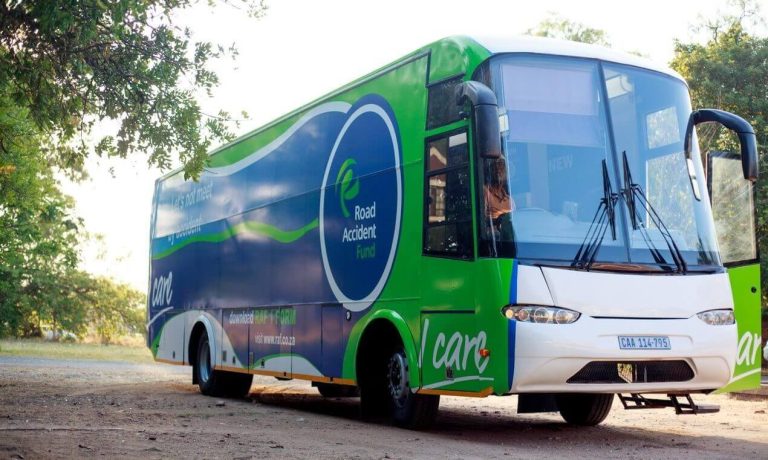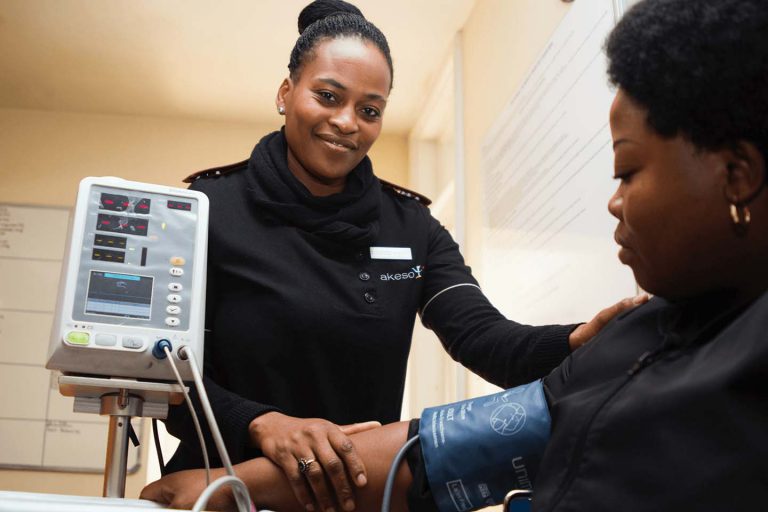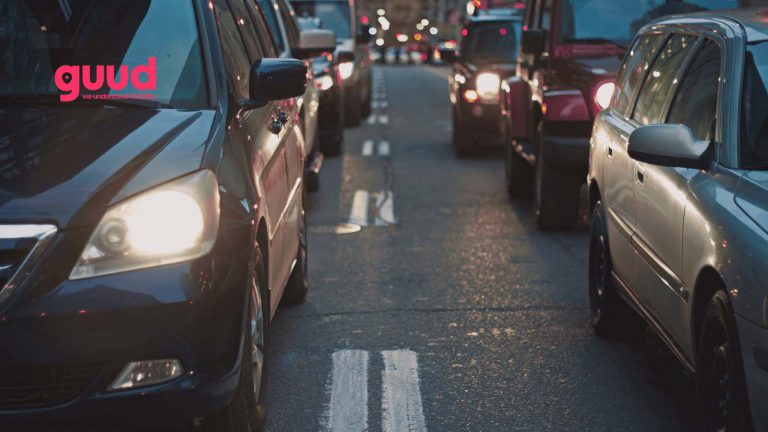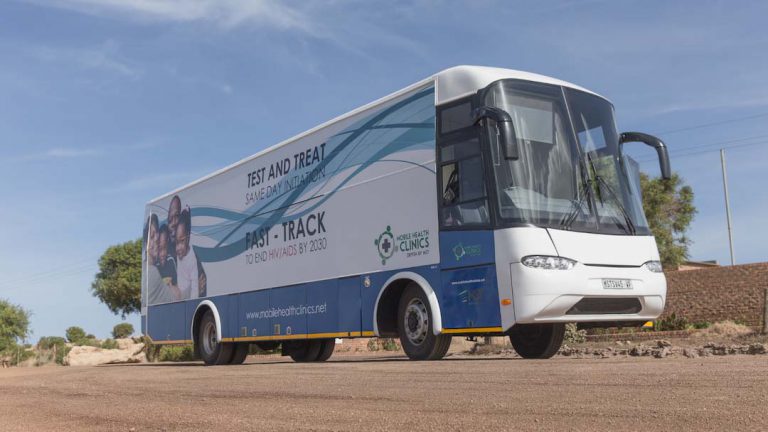RAF Drivers Wellness Programme
Forced to spend the majority of their lives on the roads, many truck, bus and taxi drivers do not have the time or money to undergo basic health checks.

Forced to spend the majority of their lives on the roads, many truck, bus and taxi drivers do not have the time or money to undergo basic health checks.

Mobile clinics strengthen health systems by providing quality healthcare services to citizens in remote or rural areas.

COVID-19 worsened the backlogs experienced across all governmental services. Mobile units can bring government services to the people and help reduce the backlog.

Combining telemedicine with mobile healthcare has the potential to improve the quality of healthcare and make it more efficient.

The mobile driver’s license solution will increase licensed vehicles and safety on South African roads.

Mobility has had an enormous impact on the healthcare sector locally and internationally and continues to grow.

Conversations about healthcare tend to focus mainly around issues of cost and quality.